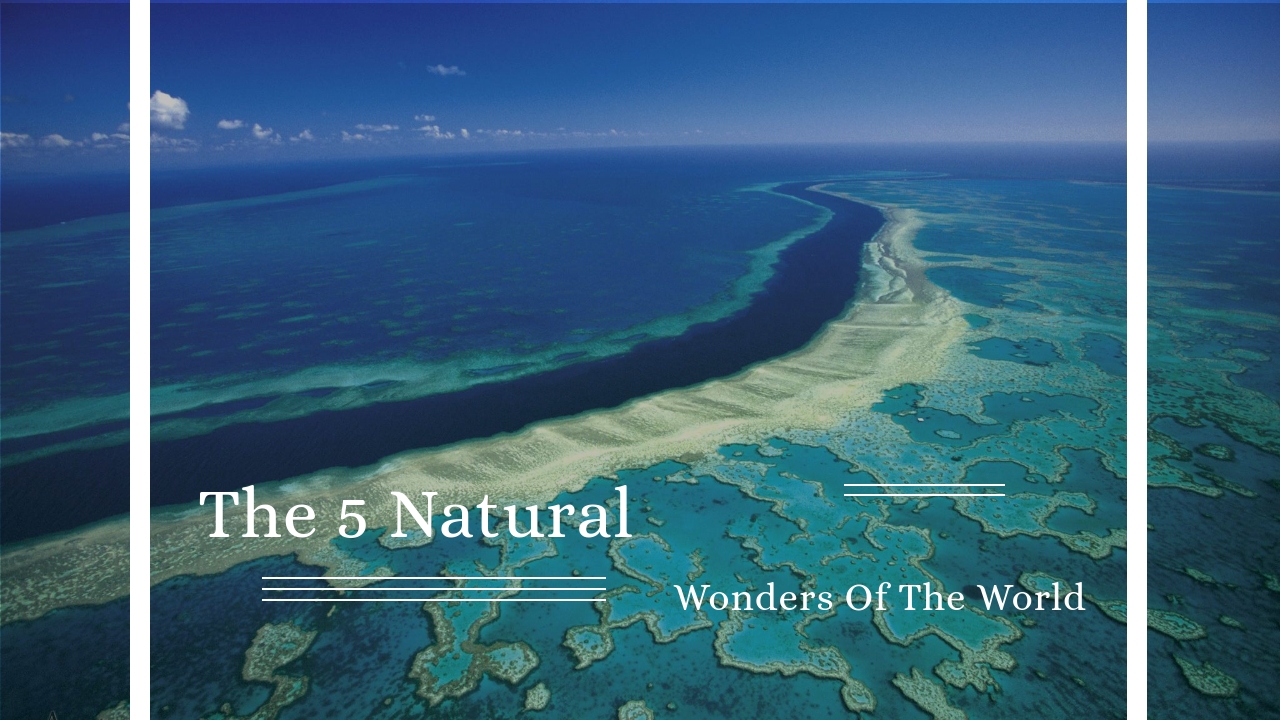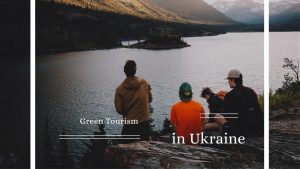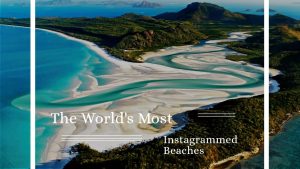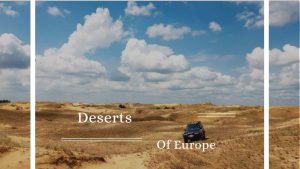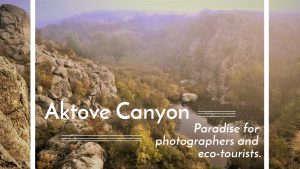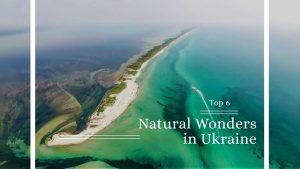If the 7 Wonders of the World demonstrate humanity’s most impressive creations such as the Taj Mahal and the statue of Christ the Redeemer. Then, the 5 Wonders of the Natural World are proof — if proof is needed — that Mother Nature is the most talented an architect.
This list spans all continents, and includes some of the greatest heights of the earth and depths of the oceans, some lesser known sites, and some that you can visited yourself.
The Grand Canyon
Situated in Arizona, USA, the 277-mile long Grand Canyon is truly awe-inspiring. The canyon, which measures up to a mile deep and some 18 miles wide at its broadest, was formed over time by the unstoppable course of the Colorado River. Scientists estimate that the river first carved out its path more than 17 million years ago.
Parícutin
While one of the lesser-known entries on this list, Parícutin is just as impressive as many more well known landmarks. It is an example of a near perfect cinder cone volcano located in Michoacán, Mexico. Over the course of the 1940s and 1950s residents of the region were able to witness the volcano growing from a fissure in a cornfield to a mountainous height of 1,391 ft.

Northern Lights
Seen in both polar regions of the planet, this dazzling light show is aptly referred to as the Northern (or Southern) Lights. The Northern Lights effect is brought on by charged cosmic particles entering and interacting with the Earth’s atmosphere, which causes vivid colours to be painted across the night sky.
Victoria Falls
As the Zambezi River crosses the border of Zambia and Zimbabwe, its waters descend 355 feet down to form the astonishing Victoria Falls. Victoria Falls isn’t the highest or the broadest waterfall on the planet, but when taking both attributes into consideration, it qualifies as the largest.
Great Barrier Reef
Made up of nearly 3,000 individual reefs and almost 1,000 islands over a span of 1,400 miles, to truly understand the sheer scale of the Great Barrier Reef, you need to see it to believe it. While the Great Wall of China is often mistakenly described as being visible from space, astronauts and satellites have managed to capture images of the Barrier Reef.

